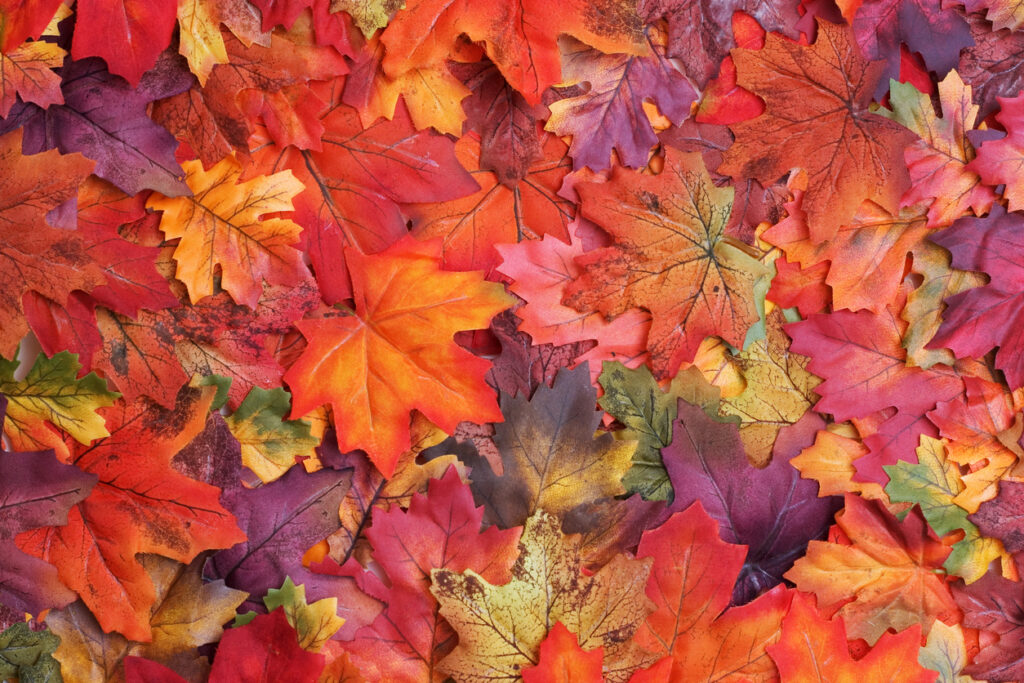When most people think of litter, their train of thought will normally lead to papers, aluminum cans, and packaging materials that we often see strewn along the roadside or in gutters. Many gardeners and landscapers use the term “leaf litter” to describe the deep layers of leaves that coat our lawns and drift on the wind through the streets. Unlike the throwaway litter we often see, leaf litter offers many benefits that will actually help the environment and support your soil and plants.
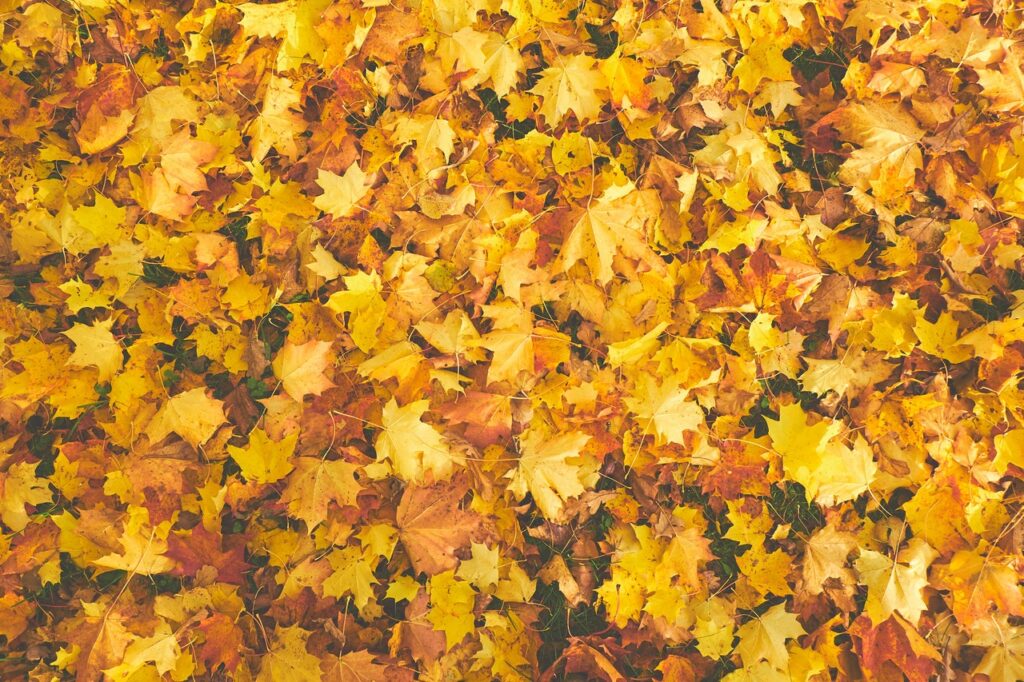
Maintains Nature’s Delicate Balance
Allowing leaves to remain in place after they fall will act much like the leaves that fall in the forest. As they break down, the leaves provide much-needed nutrients to the soil. This allows for thicker grass growth and a much healthier lawn with fewer leaves. Shredding the leaves with your lawnmower will make the breakdown process go much faster and allow them to cover a much larger area. It also stops them from flattening against one another and preventing a watertight covering over your grass.
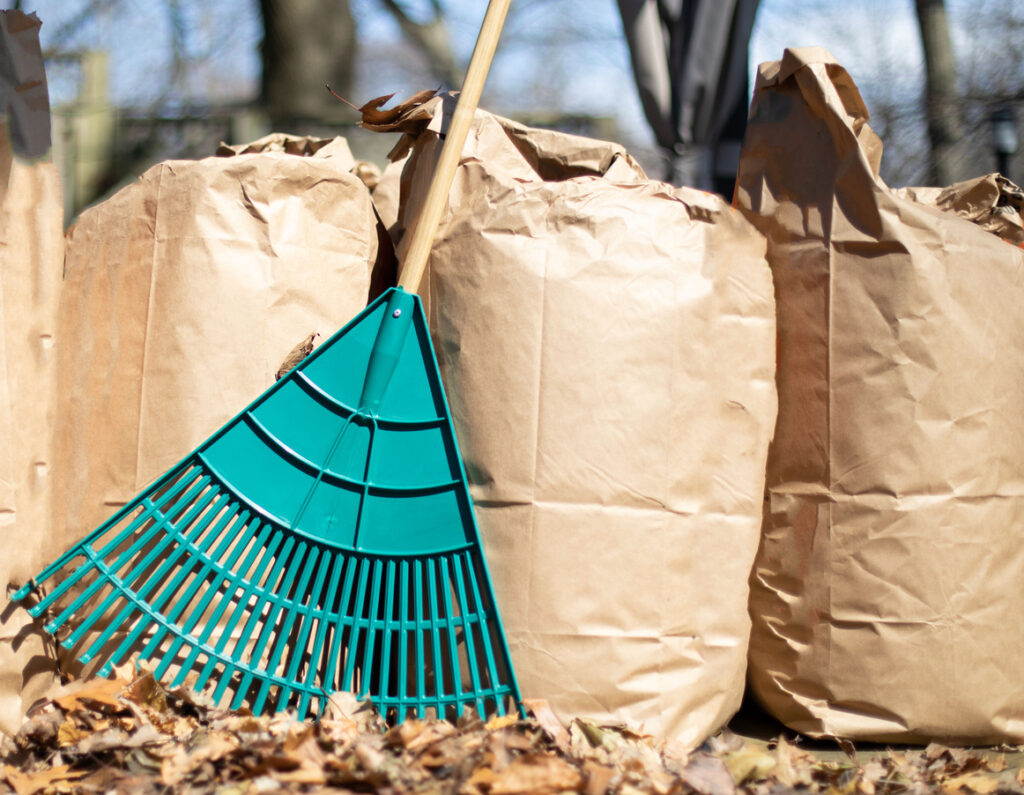
Leaves Are Not Trash!
Homeowners who have smaller yards may rake up their leaves and other forms of lawn waste, place them in garbage bags, and set them on the curb with the rest of their household garbage. It’s estimated that between 10% and 15% of landfill space is taken up by leaves and other biodegradable lawn waste. The EPA recommends shredding your leaves and using them as either mulch, fertilizer, or compost. Instead of raking, bagging, and dumping them, shred them and spread them over your lawn. Once your leaves have been shredded, you can bag them up and store them til next spring when you can work them into the soil of your garden and landscaping.
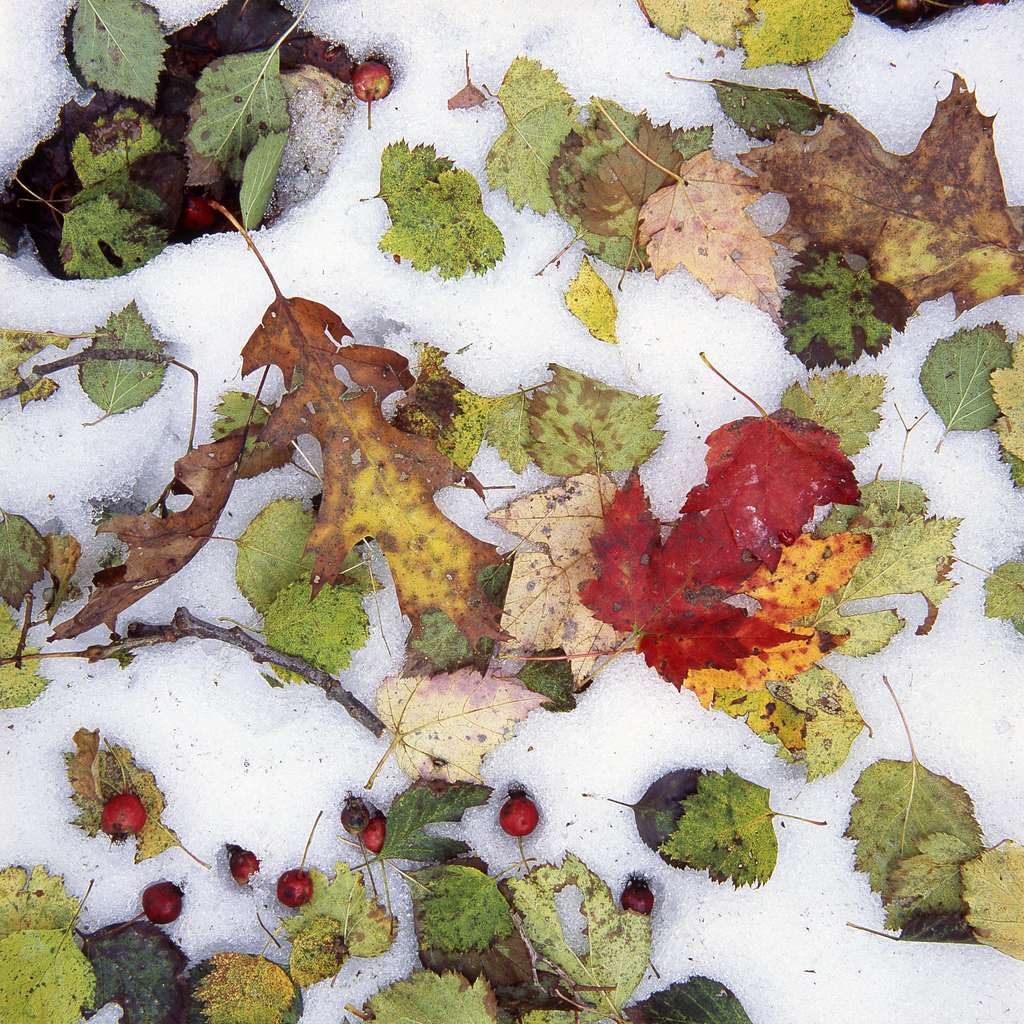
Leaves and Yard Debris Protect New Plant Growth
Leaving your shredded leaves and small pieces of lawn debris in place through the fall and winter will protect new plant growth in your lawn and landscaped areas. While whole leaves flatten on top of one another and prevent water from working its way down into the soil, shredded leaves create small gaps that allow in the air that is needed to break down. During the process, the thick, dense coating protects any new plants that may be growing underneath and also acts as a fertilizer, providing them with the nutrients they need to grow.
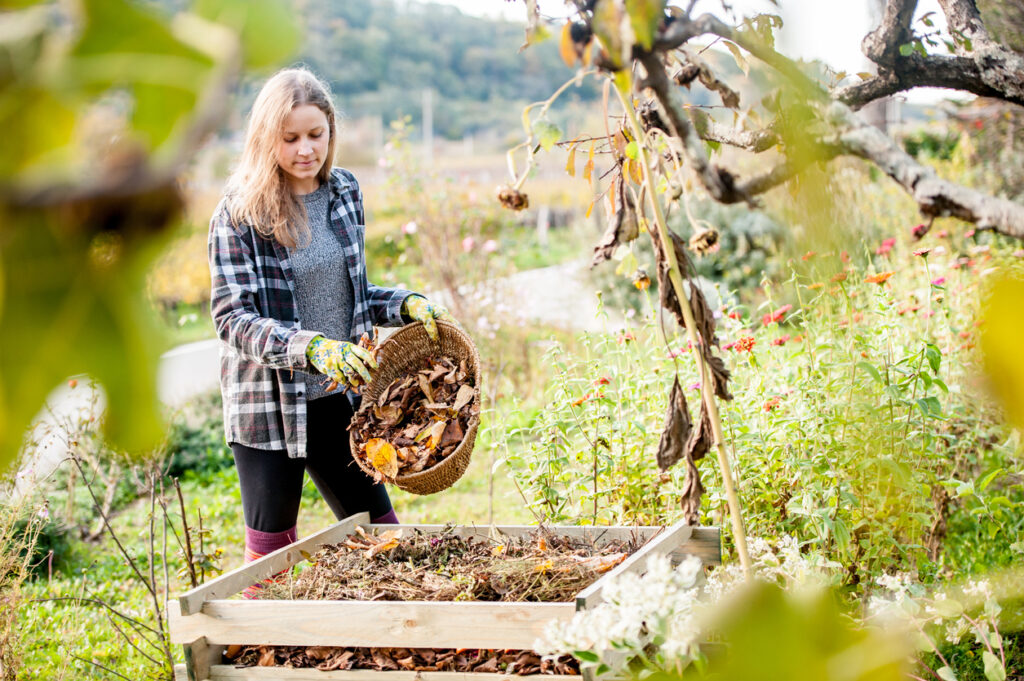
Homegrown Compost and Mulch
Shredding your leaves will turn them into a valuable tool when it comes to protecting and nourishing your lawn and the soil that supports it. Add a few shovelfuls to your compost bin occasionally and keep it stirred up. You can use your compost in your potted plants or anywhere that you want to enrich the soil. Shredded leaves make an excellent mulch that is both colorful and beneficial to the soil. You can bag it and store it so that you can use it as mulch in the spring. When you spread the mulch in the fall, the natural enzymes will begin to work immediately enriching the soil and getting it ready for next year.
Don’t let “leaf litter” get you down! This is one type of litter you can use to your advantage. Instead of clearing your lawn of all the leaves, let nature literally take its course. You can speed up the process by shredding your leaves and spreading them over your lawn now or bag a few and save them for next year. Instead of looking at leaves as nature’s litter, look at them as nature’s glitter instead! The reds, oranges, and golds of the fallen leaves will make beautiful patterns if you allow them to decorate your flower beds or other landscaped areas.

